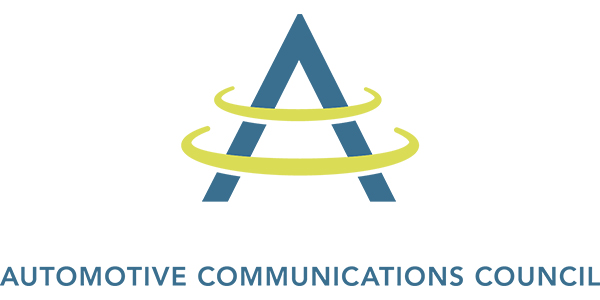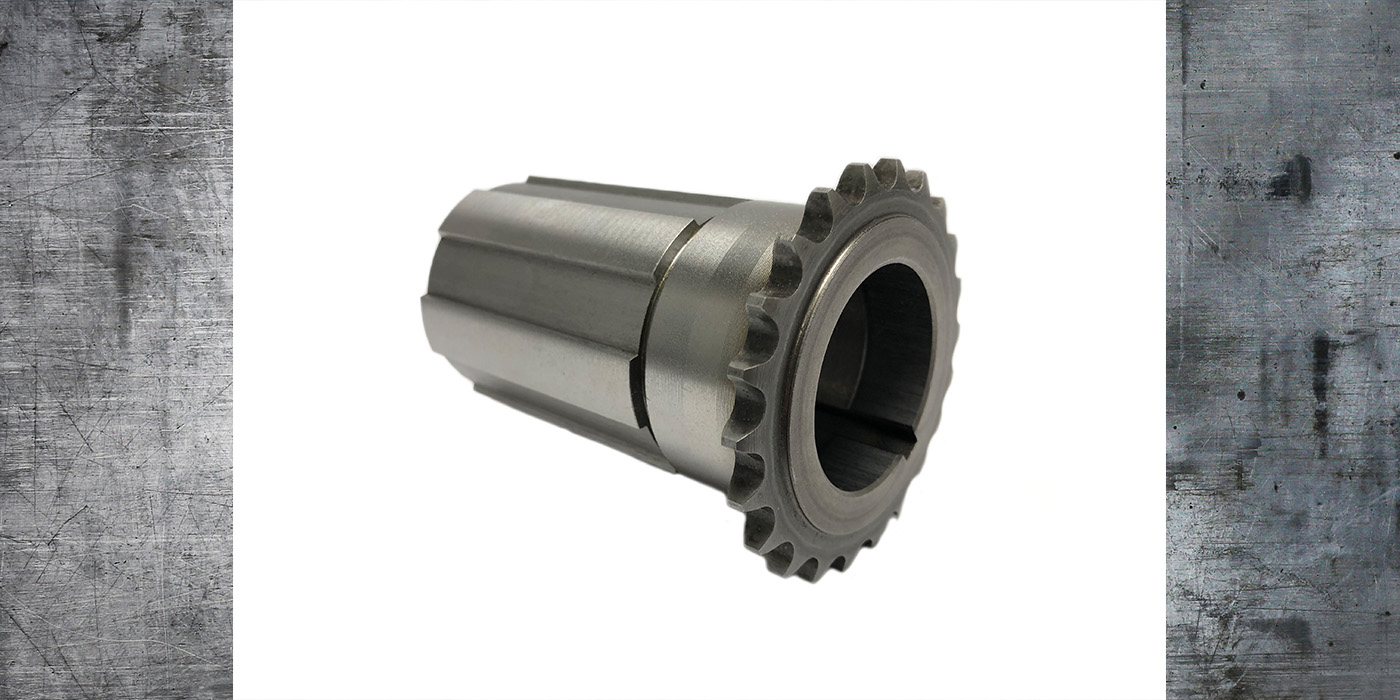OVERLAND PARK, Kan. – Four automaker (OEM) executives presented revealing details about their requirements for service under their dealer franchise agreements. Five aftermarket experts followed, by examining the current status of service-readiness among independent shops. This unique conversation between OEMs and the aftermarket is a hallmark of the National Automotive Service Task Force (NASTF), the group says, and unfolded before a diverse industry audience on Friday, March 8 during VISION2013 at the 2013 Spring NASTF General Meeting in Overland Park, Kan.
Kelly Geist, service engineering manager for Subaru; Mark Saxonberg, service technology manager for Toyota; Bob Stewart, aftermarket service support for GM and Jim Von Ehr, manager, technical information and serviceability for Nissan, each gave valuable insight into their service department business models.
Saxonburg said, “The availability of service information doesn’t, itself, make a tech service-ready.” He listed five additional resources as necessary: factory diagnostic functions, product knowledge, tech assistance support, factory parts options and a commitment to learning.
Stewart extolled the benefits of GM’s long-term strategy in technician development demonstrated in GM’s ASEP (Automotive Service Education Program), which is a partnership with their dealer franchise spanning from high school through a tech’s working career. Geist described Subaru’s requirement of minimum tool investments from Toughbook laptops to some 400 special tools costing about $50,000. “We roll out about 20 new special tools a year and they are shipped automatically to our franchise dealers,” said Geist.
Von Ehr described the Nissan MSTR (Minimum Service Training Requirements) and showed its positive correlation to the F-1 scores (Fixed Right the First Time Score) for Nissan dealers. In closing, Von Ehr argued that the industry needs more than just highly qualified techs. “We need more techs at all levels,” he said. “With the right training requirements in place, we’ll get more highly-qualified techs from that larger pool of techs.”
Bob Augustine of Christian Brothers Automotive, Bob Beckmann of Beckmann Technologies, Aaron Cherrington of Identifix, JeffMinter of Madison Technical College and Rusty Savignac of Paxton Garage, followed the OEM Roundtable and dug deeper into solutions for closing the service-readiness gap among independent shops.
“It’s harder today to fit all the necessary training into just a two-year college program,” said Minter. He’s concerned that education is too focused on pattern-failures and not enough depth in system understanding that would be useful in developing diagnostic skills. Cherrington pointed out that today’s techs must be resourceful. “A 2010 Ford has about 11 million lines of software code,” he said. “A tech today must have information partners.”
Augustine encouraged shops to develop a “training roadmap” with compensation incentives for higher skill levels. Savignac, who operates Paxton Garage in Massachusetts, contends that independent shops must accept responsibility for turning tech school grads into qualified techs. “My two best techs came from post-secondary schools and got OJT, refined,” he explained. Beckmann is a Euro-specialist and contracts to assist shops withservice in advanced systems not yet mastered in their shop. “One difference that separates troubled [shops] from successful [shops] is their attitude toward asking for help,” said Beckmann. “The successful will reach out for help quickly.”
“NASTF, too, needs to reach out,” said Skip Potter, NASTF executive director, announcing his recent membership in the Automotive Training Manager’s Council (ATMC). “It is NASTF’s strategy to engage with them to efficiently and effectively close the education component of the service-readiness gap. In fact, we seek partnerships with any industry organization that has the existing mandate and resources to help close the gaps between dealership and independent capabilities.”
In addition to the complex service-readiness topic presented during the Spring 2013 NASTF General Meeting, NASTF Chairman and President of the Equipment and Tool Institute Charlie Gorman presented "Why Automakers Should Support Aftermarket Telematics," pointing out that quality new cars sold by today’s OEMs are becoming quality used cars serviced in the aftermarket.
“Embracing aftermarket diagnostic solutions pays dividends because it makes for happy owners, and happy owners have a tendency to become loyal to the brand,” Gorman said. He described, in detail, a technical strategy that would consolidate competing telematics technologies into one efficient network, taking advantage of the creative free marketplace in developing multiple solutions to benefit the consumer.
To close the afternoon program, NASTF committee chairs participated in a unique panel format to discuss their charters and initiatives with the NASTF executive director and the audience. Bob Chabot (Collision Committee), John Cabaniss (Communications Committee), Karen Miller and Rob Morrell (Education Committee), Steve Douglas (Service Information Committee), Greg Potter and Donny Seyfer (Equipment & Tool Committee) and Mark Saxonberg (Vehicle Security Committee) participated.
Guest Commentary: Gray Matter, Matters … In Fact, We All Matter
It is my professional and personal opinion that successful organizations blend their workforce with millennials and seasoned, experienced employees. People with gray hair matter. Getting different generations to work together is paramount for the success of the organization.
Photo credit: iStock.com/EtiAmmos
It is exciting to witness the positive impact millennials are having on our industry. Each day they bring a spirit of creativity, probing for answers, questioning the status quo, teaching us new ways to utilize technology and seeking to make a difference – and to be noticed.
Bridgestone Retail Operations Names 2019 ASE Master Technician Of The Year
Darin Stalker of Springfield, Missouri, was honored at the National Institute for Automotive Service Excellence awards banquet.
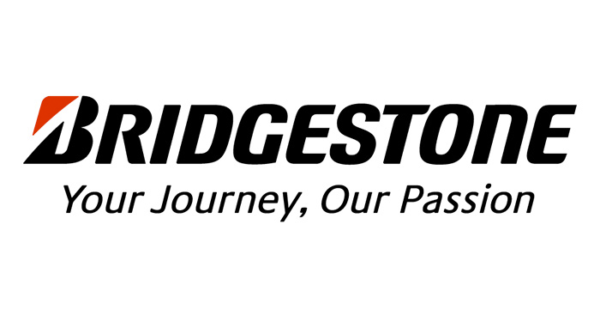
No Sitting Around: Auto Seat Manufacturers Continue To Improve, J.D. Power Finds
Quality is measured by the number of problems experienced per 100 vehicles (PP100) during the first 90 days of ownership, with a lower score reflecting higher quality.
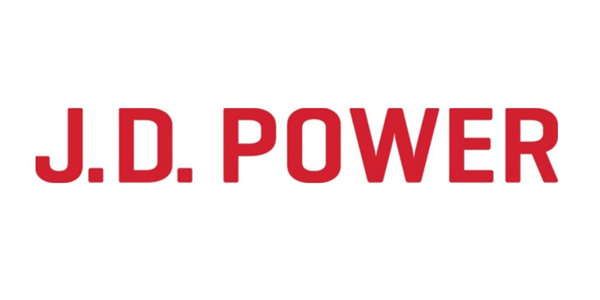
BMTS Technology Opens New Headquarters For Asia-Pacific Region
The new headquarters is located within the Hongqiao Transport Hub, which was built in 2010 for the World Expo, and is now one of the largest transportation centers in the world.
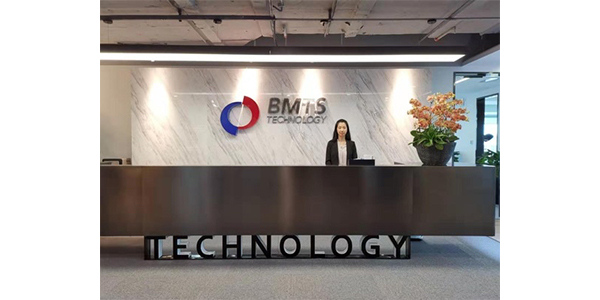
Thermo-Tec Backs Matusek’s Pro Stock Effort
Drag racer and aftermarket business owner Steve Matusek is ready to make his NHRA Pro Stock debut, and Thermo-Tec is happy to be along for the ride.
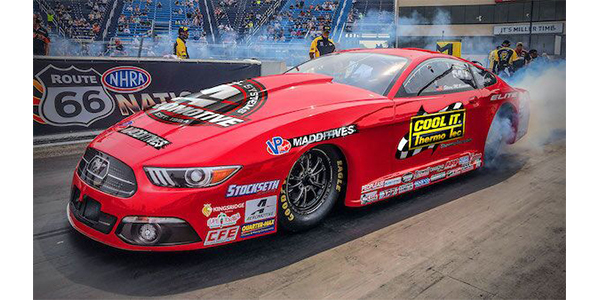
Other Posts
University Of The Aftermarket Foundation Announces Record Number Of Scholarships Awarded
Nearly 400 students were selected to receive scholarships totaling a record-setting $557,600 in scholarships awarded.
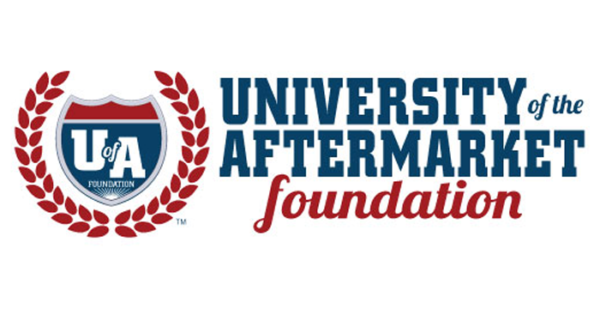
Robinair Unveils New Refrigerant Analyzers For Vehicles Equipped With R-134a Or R-1234yf A/C Systems
The analyzers also are capable of testing R-12 refrigerant with optional hose.
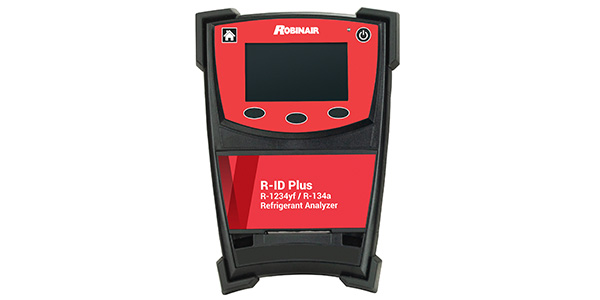
Genuine Parts Co. Completes Acquisition Of Industrial Distributor In Australasia
Inenco, combined with the company’s automotive business in Australasia, acquired in 2013, provides GPC with annual revenues of approximately AU$2.2 billion ($1.6 billion U.S.) in this key region.
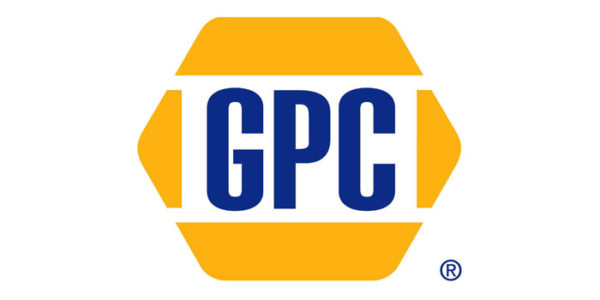
Automotive Communications Council Announces New Leadership And Board Appointments
Georgianne Dickey of NTN Bearing moves into the president role; Jim Merle of Babcox Media steps up to vice president.
